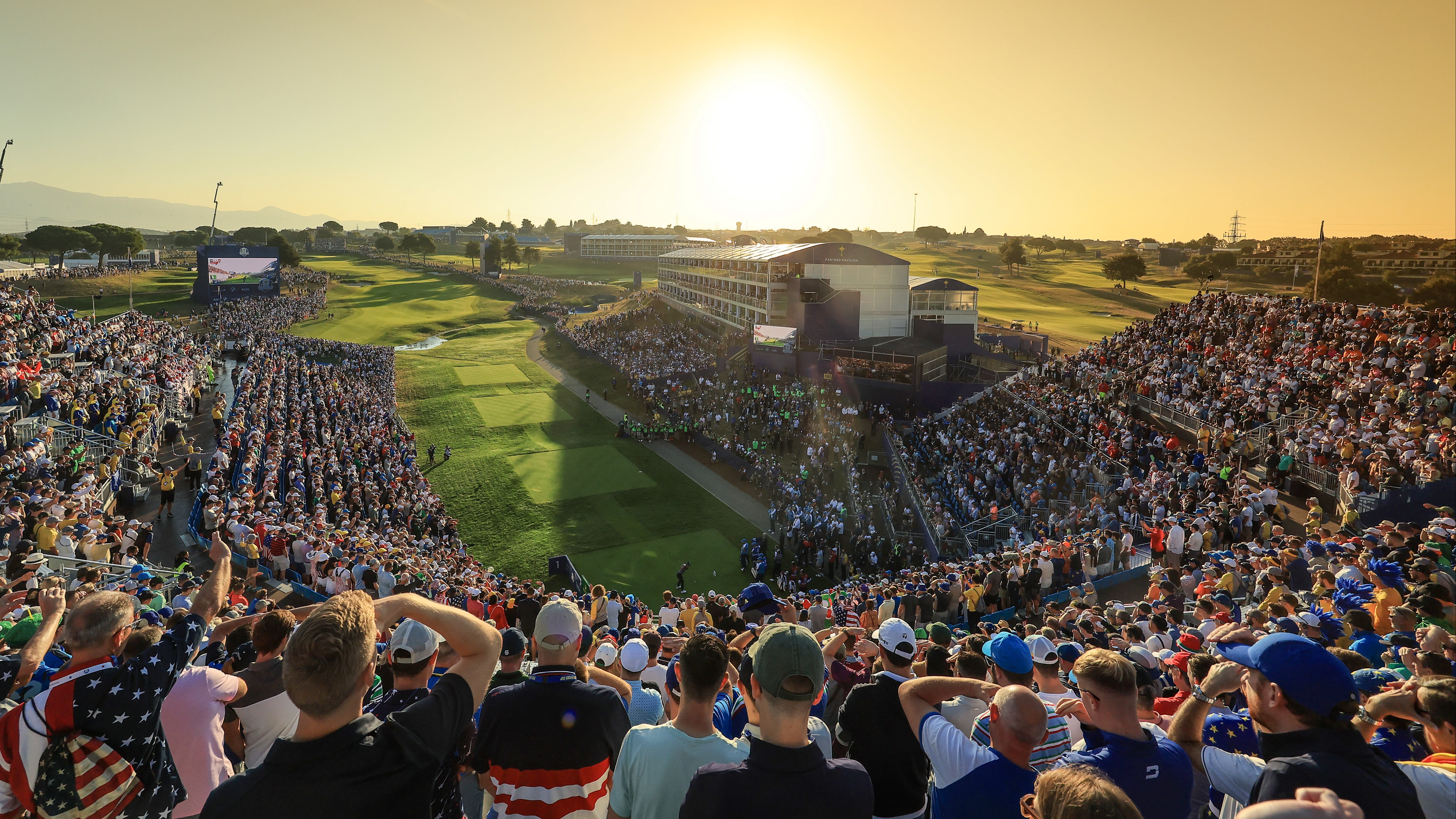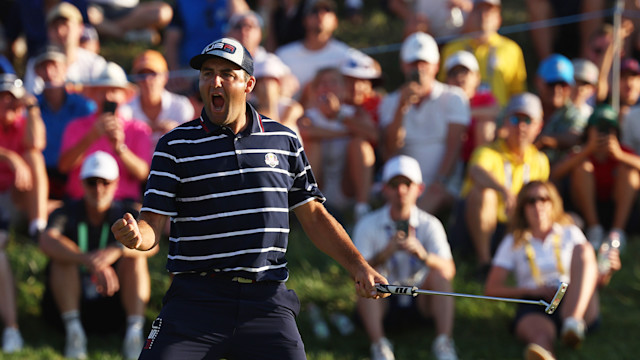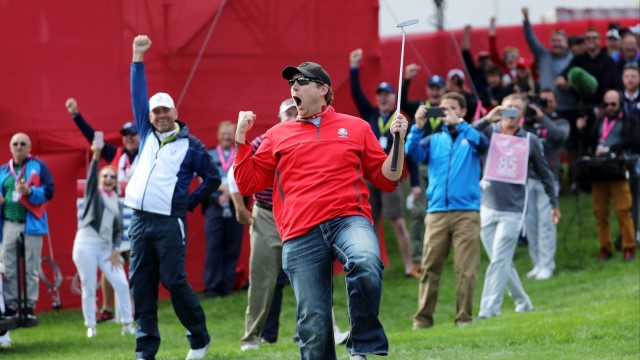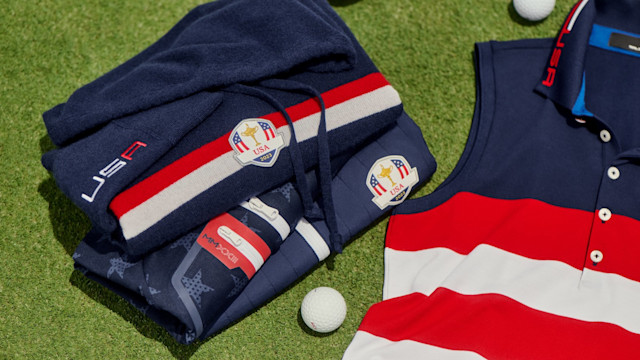Category - Major Events
Five Things You May Not Know About the Ryder Cup
By Jay Coffin
Published on

The Ryder Cup at Marco Simone Golf & Country Club has been as highly anticipated as ever, with both teams playing well heading into the biennial matches. Zach Johnson and his American squad are attempting to do something that hasn’t been done in three decades – win the Ryder Cup on European soil. The last time that happened was back in 1993 when Tom Watson captained the team that beat Europe 15-13 at The Belfry in England.
So far, it's been all Europe, but there's plenty of golf left to play.
We can spin the numbers however you wish, but the overall record favors the United States 27-14. There have been two ties. But even though the Americans have won two of the last three Ryder Cups, the Europeans have won four of the last six and seven of the last 10.
If you're tuning in for the first time, or maybe have seen plenty of Ryder Cups, here are five things you may not have known about the historic matches pitting the United States against Europe.
Behind the numbers
Before the 2023 event, there have been 43 Ryder Cups, 1,012 total matches within those 43 Ryder Cups and 363 different players have competed in the history of the matches. The U.S. has won 561 total points, and Europe has won 451.
Phil Mickelson (12) has the most appearances in Ryder Cup history, while Nick Faldo and Lee Westwood (11) are tied for the most appearances for the Europeans. Mickelson and Westwood (47) are tied for playing the most matches in history. Sergio Garcia (25) has won the most matches in history and Arnold Palmer (22) has won the most matches for the Americans.
The largest margin of victory in a singles match is 8-and-7, which has happened twice. Tom Kite defeated Howard Clark in 1989 and Fred Couples topped Ian Woosnam in 1997. That was the record until Sept. 30, when Viktor Hovland and Ludvid Aberg defeated Scottie Scheffler and Brooks Kopeka by a whopping 9-and-7 margin.
The largest margin of victory in the history of the Ryder Cup was 15 points in 1967 when the U.S. won 25.5 to 8.5. The Americans won by 14 points just four years earlier. Europe’s largest margin of victory is 9 points, coming in 2004 and 2006 after 18.5 to 9.5 wins.
About the trophy
The Ryder Cup trophy was commissioned by English businessman Samuel A. Ryder to Mappin & Webb Co., who created the trophy for almost 300 British pounds. The trophy was then presented to the PGA of Great Britain and Ireland in 1927.
It is made out of gold and stands 17 inches tall. It is nine inches wide from handle to handle and weighs four pounds.
No, that is not Sam Ryder on the top of the trophy. It is Abe Mitchell, a prominent British golfer during the 1920s, who also was a private golf coach for Ryder. Mitchell recorded eight top-10 finishes in 17 appearances in The Open Championship. Mitchell played in three Ryder Cups (1929, ’31, ’33) and collected a career 4-2-0 record. He was selected for the 1927 team but was ill and did not compete.
Who is Marco Simone?
The host club of the matches was named after the 1,000-year-old Marco Simone castle. Simone was the son of the man who bought stone tower in the Rome countryside. Together, father and son added to the property and turned it into a palace. After Simone died, the property was managed by many different people. Astronomer Galileo lived there in the 1600s.
Italian fashion icon Laura Biagiotti, known as the “Queen of Cashmere,” bought the property in 1978 and restored Marco Simone castle.
Marco Simone Golf & Country Club opened in 1989 and was designed by Jim Fazio and David Mezzacane. It has hosted the Italian Open four times. In December 2015, it was announced that Rome would host the 2022 Ryder Cup. When the 2020 Ryder Cup was postponed a year because of the COVID-19 pandemic, it pushed the Rome Ryder Cup to 2023.
How many holes-in-one?
There have been six holes-in-one in Ryder Cup history and oddly, only one of them has come from an American. The first five were from Europeans and the last one, back in 2006, was from an American. (Click here to watch them all.)
Here is a breakdown:
Peter Butler (1973, 16th hole at Muirfield): The first ace in Ryder Cup history and it was from 188 yards. Butler was paired with Brian Barnes but they still lost to Jack Nicklaus and Tom Weiskopf.
Nick Faldo (1993, 14th hole at The Belfry): This 6-iron was from 189 yards and Faldo said afterward that others had told him he was going to make an ace at some point during the week. Still, he lost the final hole to tie Paul Azinger and Europe lost the overall matches 15-13.
Costantino Rocca (1995, sixth hole at Oak Hill): Hit 5-iron from 167 yards, stopped short and trickled nicely into the cup. Along with Sam Torrance, the two beat Davis Love III and Jeff Maggert, 6 and 5.
Howard Clark (1995, 11th hole at Oak Hill): The second of the week at Oak Hill, this one a 6-iron from 176 yards. Clark went on to beat Peter Jacobsen and Europe won the Ryder Cup.
Paul Casey (2006, 14th hole at K Club): This one was a 4-iron from 213 yards to become the fourth Englishman to record a Ryder Cup ace. It also ended the match, giving Casey and David Howell a 5-and-4 victory over Stewart Cink and Zach Johnson.
Scott Verplank (2006, 14th hole at K Club): The first and only American to make a hole in one and still the last overall to do so. This one, from 213 yards, came a day after Casey made his ace and helped Verplank defeat Padraig Harrington 4 and 3 in singles.
What if a player can’t compete in singles?
The envelope comes into play. One of the longstanding Ryder Cup traditions is that both captains place the name of one player in an envelope at the beginning of the matches. If a player is not able to play in singles, that player will be matched against the name from the opposing team’s envelope and the match will be recorded as a tie.
This has happened three times since 1979, the last coming in 1993 at The Belfry when Sam Torrance bruised his foot and was not able to compete. Lanny Wadkins told captain Tom Watson that he would volunteer to have his name in the envelope so their match was deemed a tie. The Americans won 15-13 and it’s still the last time they’ve won on European soil.


